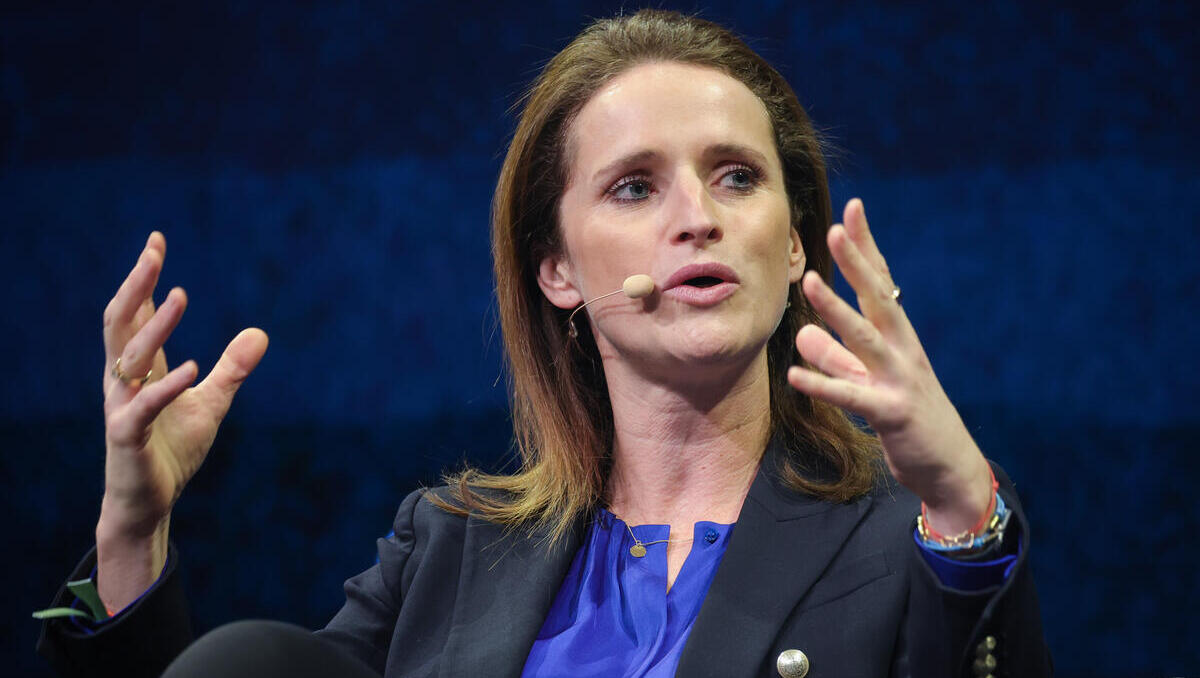- Der Artikel ist für registrierte Benutzer kostenlos.
-
Mit einem Benutzernamen können Sie diesen Artikel kostenlos lesen.
Registrieren Sie einen kostenlosen Benutzernamen oder melden Sie sich mit einem vorhandenen an.
-
Lesen Sie viele Artikel kostenfrei. Newsletter bestellen, registrieren und weiterlesen.
Keine Verpflichtung - kein Abo.Sie sind bereits registriert? Anmelden
Hilfe bei der Anmeldung und Registrierung: leserservice@deutsche-wirtschafts-nachrichten.de
Es gelten unsere AGB und Datenschutzbestimmungen
Das Statement von Mario Draghi im Wortlaut
Die US-Mitgliedschaft in der Nato stehe nicht zur Debatte, und Europa sei selbstverständlich ein Verbündeter. Das sagte US-Finanzminister...
Firmengründer sollen neue Unternehmen in der EU künftig innerhalb von 48 Stunden online anmelden können. Das kündigt...
Die Zoll-Drohungen der USA nach der Grönland-Krise seien ein Fehler – und die Antwort der EU werde „unerschütterlich, geschlossen und...
Deutschlands sicherheitspolitischer Kurs verändert die strategische Ordnung Europas. Welche Folgen hat diese Entwicklung für das...
Netflix gab am Dienstag nach Börsenschluss die Ergebnisse für das vierte Quartal bekannt, die besser ausfielen als erwartet. Die Aktie...
Die US-Aktienmärkte gaben am Dienstag nach, da die Drohungen von US-Präsident Donald Trump bezüglich Grönland die Handelsspannungen...
Mitten in einem eskalierenden Zollkonflikt mit der EU rund um die US-Ambitionen, Grönland unter amerikanische Kontrolle zu bringen, reist...
Ein rechtskräftiges Deichmann-Urteil sorgt für Wirbel im Verpackungsrecht: Der Schuhhändler soll künftig für seine Schuhkartons...









